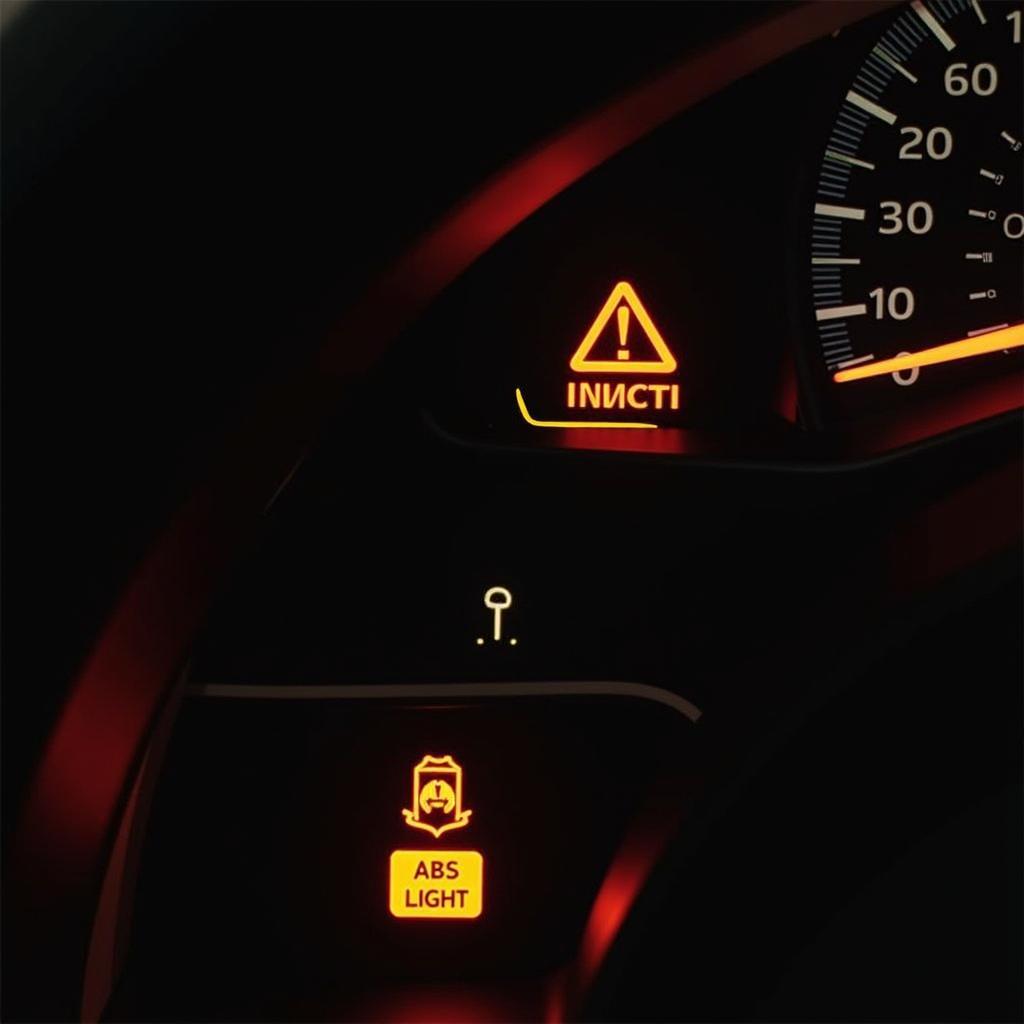Maintaining your car is essential for safety, performance, and longevity. Knowing when your car needs a service can prevent costly repairs down the line and ensure a smooth, reliable driving experience. But how do you know when that time comes? This comprehensive guide will cover everything you need to know about car servicing schedules, common signs your car needs attention, and how to keep your vehicle running at its best.
There are two main approaches to car servicing: following the manufacturer’s recommended schedule and recognizing the signs your car needs attention. Both are crucial for proactive maintenance. Neglecting regular servicing can lead to decreased fuel efficiency, increased emissions, and potential safety hazards.
Understanding Your Car’s Service Schedule
Your car’s manufacturer provides a recommended service schedule in the owner’s manual. This schedule outlines specific maintenance tasks and their frequency based on mileage or time intervals, such as oil changes, tire rotations, and fluid top-offs. Adhering to this schedule is crucial, especially for new cars under warranty.
Deciphering the Service Intervals
Service intervals are typically categorized as minor and major services. Minor services, often recommended every six months or 7,500 miles, include essential checks and replacements like oil changes and filter replacements. Major services, typically scheduled annually or every 15,000 miles, involve more comprehensive inspections and replacements, such as spark plugs, brake pads, and coolant flushes.
Recognizing the Signs Your Car Needs a Service
Even if you follow your car’s scheduled maintenance, unexpected issues can arise. Being attuned to your car’s behavior can help you identify potential problems early on. Here are some common signs your car needs immediate attention:
- Unusual noises: Any new or unusual sounds, such as squeaking, grinding, knocking, or hissing, should be investigated by a mechanic.
- Warning lights: Never ignore dashboard warning lights, such as the check engine light, oil pressure light, or brake warning light. They indicate potential problems that require immediate attention.
- Fluid leaks: Check for any leaks under your car. Different colored fluids can indicate different problems. For example, brown fluid could be engine oil, while green fluid might be coolant.
- Vibration or shaking: Excessive vibration or shaking, especially when braking or accelerating, could indicate problems with the tires, brakes, or suspension.
- Decreased performance: If your car feels sluggish, hesitates when accelerating, or has reduced fuel efficiency, it’s time for a service.
when we does the service of car need
What to Do When You Notice a Problem
If you experience any of these signs, take your car to a qualified mechanic as soon as possible. Early diagnosis and repair can prevent minor issues from escalating into major, costly repairs. Don’t delay addressing these warning signs.
 Car Dashboard Warning Lights
Car Dashboard Warning Lights
Regular Maintenance for Optimal Performance
Beyond scheduled servicing and addressing warning signs, proactive maintenance can extend your car’s lifespan and enhance its performance. Regularly checking your tire pressure, fluid levels, and lights can prevent unforeseen problems.
Simple Checks You Can Do at Home
- Tire pressure: Check your tire pressure monthly and inflate them to the recommended pressure listed in your owner’s manual or on the sticker inside the driver’s side doorjamb.
- Fluid levels: Regularly check your engine oil, coolant, brake fluid, and power steering fluid levels. Top them off as needed.
- Lights: Periodically inspect your headlights, taillights, brake lights, and turn signals to ensure they are working correctly.
“Regular maintenance is not just about fixing problems; it’s about preventing them,” says John Smith, a certified automotive technician with over 20 years of experience. “A little preventative care can save you a lot of money and headaches in the long run.”
how often should you service a diesel car
Conclusion
Knowing when your car needs a service is crucial for maintaining its safety, performance, and longevity. By following the manufacturer’s recommended service schedule, recognizing the signs your car needs attention, and practicing proactive maintenance, you can keep your vehicle running smoothly for years to come. Regular servicing can help you avoid costly repairs and ensure a safe and enjoyable driving experience.
what is service history on a car
FAQ
- How often should I change my car’s oil? Most manufacturers recommend an oil change every six months or 7,500 miles.
- What does the check engine light mean? The check engine light can indicate a variety of problems, from a loose gas cap to a more serious engine issue. It’s essential to have it checked by a mechanic.
- How can I tell if my brakes need to be replaced? Signs of worn brakes include squeaking or grinding noises, a pulsating brake pedal, or increased stopping distance.
- Is it necessary to follow the manufacturer’s recommended service schedule? Yes, following the recommended service schedule is crucial, especially for new cars under warranty.
- What are some simple car maintenance tasks I can do myself? Checking tire pressure, fluid levels, and lights are simple tasks you can do at home.
- How can I find a reliable mechanic? Ask for recommendations from friends, family, or online reviews.
- What should I do if my car breaks down? Pull over to a safe location, turn on your hazard lights, and call for roadside assistance.
Need Assistance? Contact us via WhatsApp: +1(641)206-8880 or Email: [email protected]. Our customer support team is available 24/7.
Leave a Reply